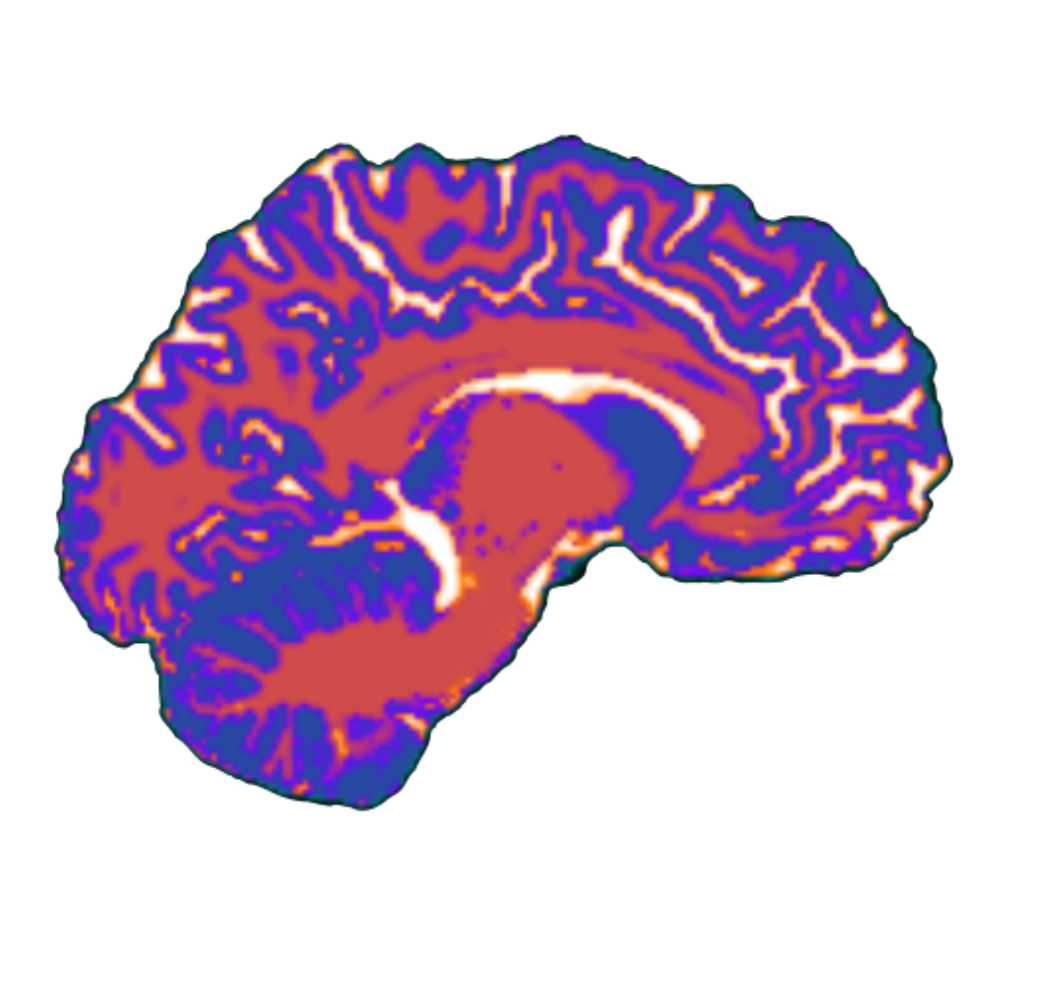- How do individuals arrive at different interpretations from the same information?
- how do we measure this?
- bistable stimuli (necker cube)
why care about subjective experience?
- differences in subjective experience contribute to polarization
- depression and other mood disorders are associated with a negative interpretation bias
- only the subjective experience of childhood maltreatment predicts later psychopathology
why care about the brain for subjective experience?
- what can the brain add to the study of subjective experience?
- introspection is hard, people tell you what they think but not why
- maybe we can use brain activity as a real-out to understand which features they’re reacting to to influence their experience
- the brain is casual: change the brain, change the experience (non-invasive work and neuro-feedback work)
- the brain knows best: better than behavior and self-report measures sometimes
why study brains as they are subjectively experiencing something?
- you’re better off scanning people while they’re experiencing soemthing (ideally something that you have some control over)
- functional brain organization can be mapped regardless of state
- task connectivity during task is more unique, stable, reliable, heritable, meaningful
- PNC: WM and emotional task > rest (this is true across lots of datasets)
- tasks that give best signal are those that give us more experimentar control over / knowledge of what the subject is doing
- thought sampling improves fingerprinting and behavior prediction
- thought sampling are simliar to rest, but different in that you’re getting read-outs of what people are “thinking”
- naturalistic movie-watching > rest
- tasks act as a lens through which individuals can be projected
- move towards task-design rather than rest
new approaches to studying subjective experience and neuroimaging?
- naturalistic neuroimaging and inter-subject correlation (correlating time series across subjects)
- use one subject’s brain as a model for another (not related to task)
- individual variability in neural event segmentation
- we carve out our life experience into discrete events, and we do this on the fly
- task design: watch 4 films followed by self-appraisal
- results: similarlity in how we think about a film is reflected in the neural representation across participants
- similar segmentation leads to similar interpretation (outside scanner, behavioral event segmentation task)
- neural boundaries in regions that reflet behavioral boundaries at the group level are also relevant for how that movie is ultimately remembered and appraised at the invidaul level.
- what makes information social? (task - pictoral ToM, animations, social localizers etc.)
- social > non-social largely activate entire brain, including cerebellum (valerie & finn, 2022)
- people’s own percepts do a better job at explaining their brain activation compared to the “true” label of the task
- “socialness” is in the eye of the beholder
- develop a set of fully parameterized stimuli to rigourosly investigate how social percepts vary across individuals
- parameterizing socialness
- chase subtlety is parameterized
- individual differences in social tuning curves are reliable across time
- neural activity tracks subjective percepts of socialness
- third visual pathway (emerges early in cortical hierarchy)
